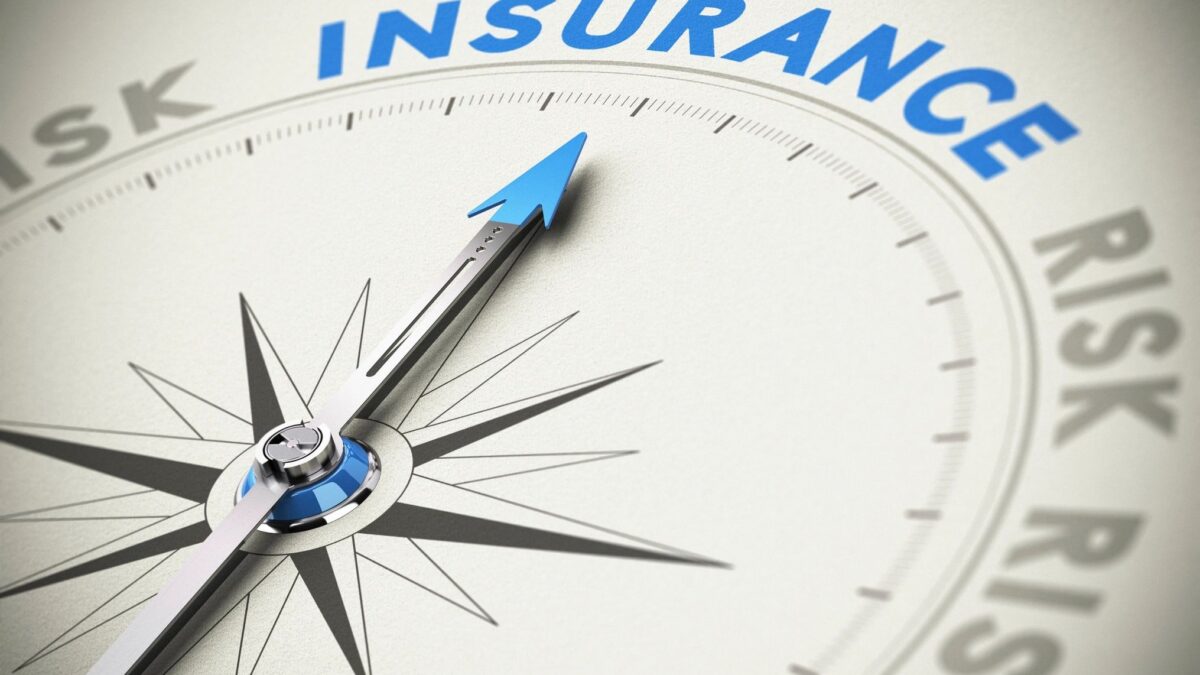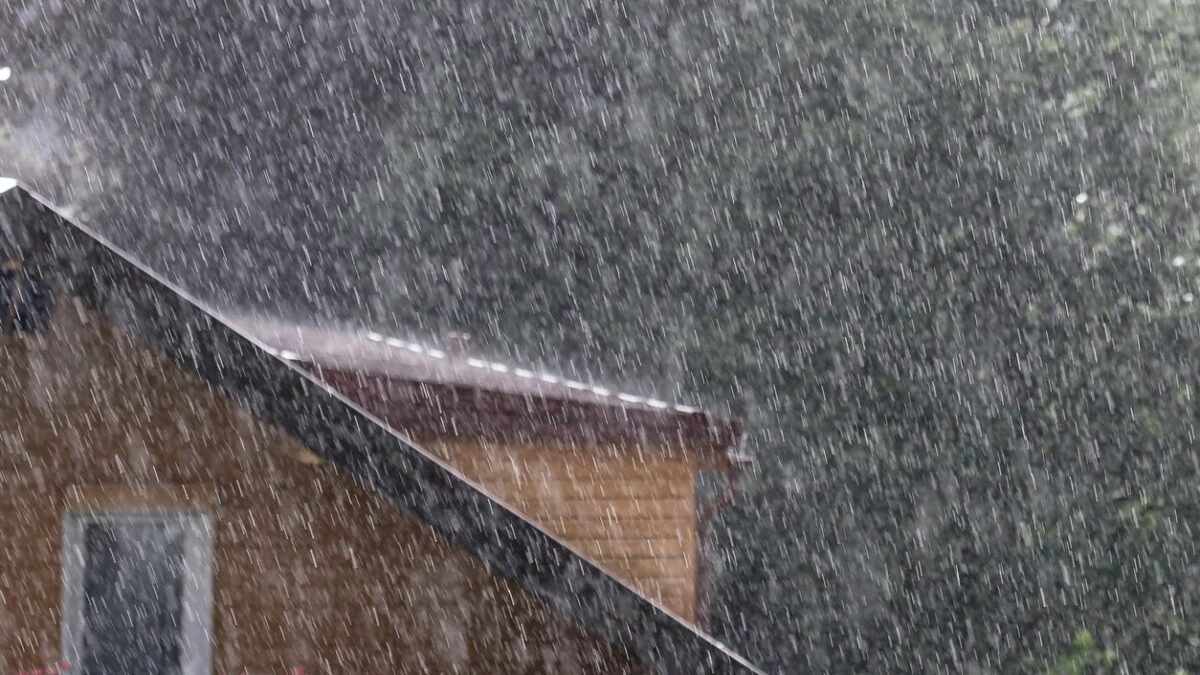If you are a homeowner, knowing what to do when your property is damaged is essential. A natural disaster or a random act of vandalism can cause serious damage, and it is crucial to take the necessary steps to protect yourself and your home. This blog post will discuss the steps you need to take to make sure that your property is repaired as quickly and efficiently as possible.
1) The first step is to assess the damage.
This means that you need to look closely at the extent of the damage and determine what needs to be repaired. If possible, take pictures or video footage of the damage so that you can show it to your insurance company. When assessing the damage, look at the following:

–The structure of your home (e.g., walls, roof, foundation)
-Your personal belongings (e.g., furniture, electronics, clothing)
-The landscaping around your property (e.g., trees, shrubs, lawn)
Once you have a good understanding of the damage, you can start to take the next steps.
2) The next step is to contact your insurance company.
If you have homeowners insurance, you will need to contact your public adjuster and insurer and let them know about the damage. They will likely send an adjuster to assess the damage and give you an estimate of the repairs. It is important to note that most insurance policies have a deductible, so you will be responsible for paying this amount out of pocket.
Some insurers will work with you to set up a payment plan for the deductible, but others will require that it be paid upfront. Once you have submitted your claim, the insurance company will provide you with a list of approved contractors who can do the repairs. You may also have the option of using your own contractor, but they will need to be approved by the insurance company.

It is also essential to understand that not your insurance policy will cover all damage. For example, if the damage is caused by negligence (e.g., a leaky roof that you did not repair), the insurance company may refuse to pay for the repairs. Therefore, it is always a good idea to review your policy so that you are familiar with what is and is not covered.
Once you have submitted your claim and received approval from the insurance company, you can start making repairs.
3) The next step is to start making repairs.
If you are using a contractor, they will likely take care of getting the necessary permits for the repairs. However, if you are doing the repairs yourself, it will be your responsibility to obtain the required permits. Once you have the licenses, you can begin making the repairs. If possible, try to do as much of the work yourself as you can in order to save money.
Once the repairs are completed, you should do a final assessment of the damage to make sure that everything has been fixed properly. If there is still damage, you may need to contact your insurance company and submit another claim.
In conclusion, it is essential to know what to do when your property is damaged. You can ensure that your property is repaired as quickly and efficiently as possible by taking the necessary steps.
















